 The United Arab Emirates leads the world with the highest penetration of fiber-to-the-home broadband service.
The United Arab Emirates leads the world with the highest penetration of fiber-to-the-home broadband service.
At least 85 percent of all homes in the UAE today rely on fiber broadband, according to research by the Fiber to the Home Council.
The UAE’s love for fiber broadband comes from the country’s aggressive government-directed infrastructure and services modernization plan as part of the Emirates’ transformation into the 21st century knowledge economy.
In the UAE, e-commerce, e-government, e-education, and e-health are pervasive, allowing residents instant access to government, commercial, health and educational services. Only fiber broadband had the capacity to handle both the broadband traffic today and sustain the rapid expansion of bandwidth required tomorrow.
The country relies on fiber networks to power smart electricity service, cell towers, wireless data, and various electronic payment systems, which allow consumers to use a single smart card to pass through immigration at airports with biometric authentication, as well as pay for everything from food to traffic fines, utility bills, or even zakat (charitable giving by Muslims).
The two national broadband providers — du and Etisalat, both invested heavily in fiber infrastructure with a goal of connecting every home and business to their competing fiber networks.
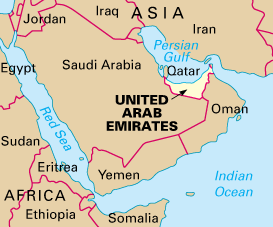 Subscription rates in the next-biggest markets — South Korea, Hong Kong, Japan, Singapore, and Taiwan — range from 63 percent to 37 percent, the council notes. In comparison, the United States trails dismally with just 7.62% of Americans signed up for fiber to the home service and Canada’s fiber numbers still too negligible to rate, with only Atlantic Canada seeing widespread fiber deployments.
Subscription rates in the next-biggest markets — South Korea, Hong Kong, Japan, Singapore, and Taiwan — range from 63 percent to 37 percent, the council notes. In comparison, the United States trails dismally with just 7.62% of Americans signed up for fiber to the home service and Canada’s fiber numbers still too negligible to rate, with only Atlantic Canada seeing widespread fiber deployments.
This leaves North America rapidly falling behind in the race to build next generation fiber broadband networks.
Speaking at the ITU’s recent World Telecommunication Development Conference, the council’s chairman, Dr. Suleiman Al Hedaithy noted that “fiber connections are available to more than 200 million homes globally — a tenth of all the households in the world,” adding that of these homes, “an estimated 107 million households subscribe to fiber-based services.”
Across the Middle East and North Africa, “more than 1.5 million households are using FTTH service,” Al Hedaithy added, with the UAE “ranked number one in FTTH penetration rate globally, for the past two consecutive years.”
In comparison, only 8.7 million Americans subscribe to fiber service.
Etisalat has invested $5.17 billion in fiber upgrades inside the UAE.

Living the eLife with fiber to the home service in the UAE.
Last year, the total length of the UAE’s fiber network was equal to “five times the distance between the Earth and the moon, consisting of a total of 2.8 million kilometers of cable being deployed all over the country,” Etisalat CEO Saleh Al Abdooli said.
Elsewhere across the region:
- Saudi Arabia’s ambitious fiber to the home projects reached 38% of households by the end of 2013;
- Qatar will approach 100% fiber coverage by the end of 2015;
- The next growth areas in regional fiber network construction will be in Egypt, Algeria, and Kuwait;
- The fastest speed fiber networks offering 100+Mbps are in Bahrain, Jordan, Qatar, Saudi Arabia, and the UAE;
- There is no relevant development of fiber networks in Libya, Sudan, Syria, Yemen or the Palestinian territories.
“The future,” according to Christine Beylouni, director general at the FTTH Council Middle East & North Africa, “is definitely fiber to the home.”


 Subscribe
Subscribe Effective June 1st, all Sprint contract and prepaid customers, as well as those using Virgin Mobile USA and Boost will find their wireless data speeds throttled if Sprint finds they are among the top 5% of users on a congested cell site.
Effective June 1st, all Sprint contract and prepaid customers, as well as those using Virgin Mobile USA and Boost will find their wireless data speeds throttled if Sprint finds they are among the top 5% of users on a congested cell site. Sprint says the throttle will only be activated on “congested cell sites” and will impact WiMAX, 3G and LTE 4G networks owned by the company. Anyone who has used Sprint’s 3G network will discover most urban and suburban Sprint cell towers are frequently congested, judging by the low speeds many customers endure. Rural customers or those served on the edge of a suburban area may never find themselves throttled and Sprint promises once traffic clears, the throttle is shut off.
Sprint says the throttle will only be activated on “congested cell sites” and will impact WiMAX, 3G and LTE 4G networks owned by the company. Anyone who has used Sprint’s 3G network will discover most urban and suburban Sprint cell towers are frequently congested, judging by the low speeds many customers endure. Rural customers or those served on the edge of a suburban area may never find themselves throttled and Sprint promises once traffic clears, the throttle is shut off.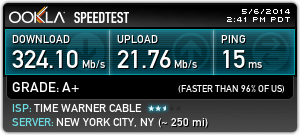 Time Warner Cable’s major broadband speed upgrade is alive in the Astoria, Woodside and Long Island City neighborhoods of Queens, N.Y.
Time Warner Cable’s major broadband speed upgrade is alive in the Astoria, Woodside and Long Island City neighborhoods of Queens, N.Y.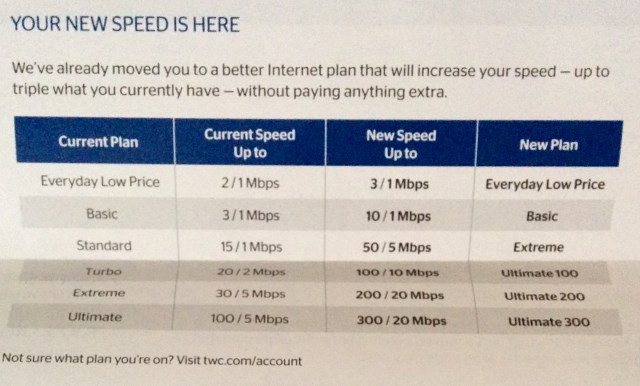
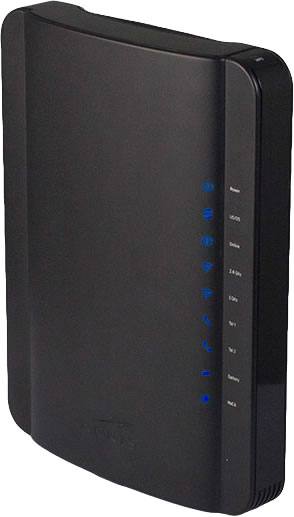
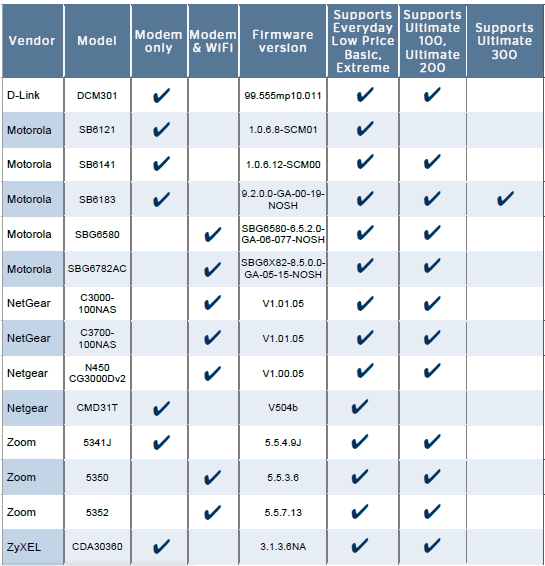

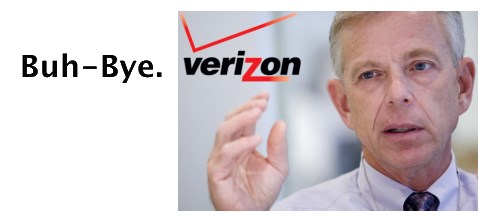
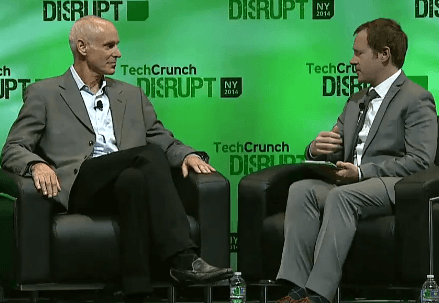
 Smit also promised major broadband speed upgrades and other improvements for Time Warner Cable customers, but nobody mentioned Comcast’s gradual reintroduction of usage caps on residential broadband accounts.
Smit also promised major broadband speed upgrades and other improvements for Time Warner Cable customers, but nobody mentioned Comcast’s gradual reintroduction of usage caps on residential broadband accounts.